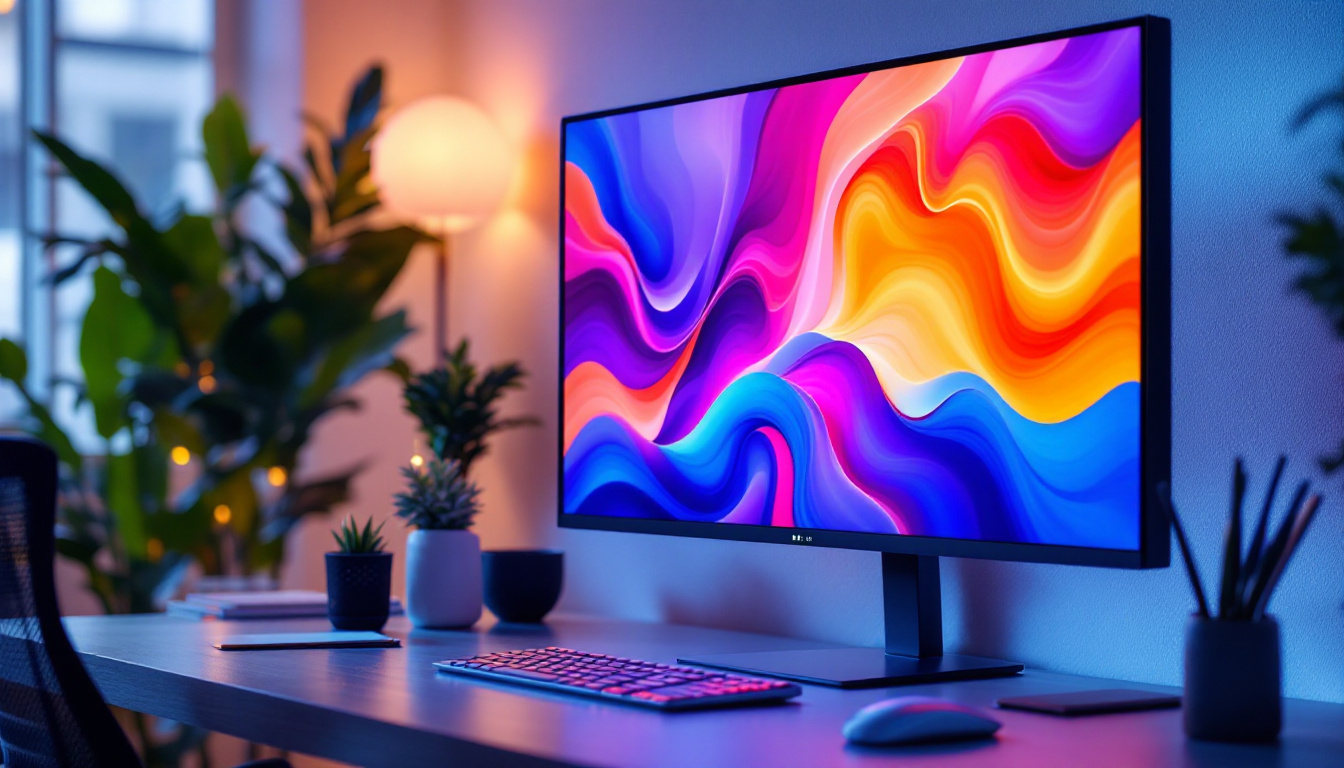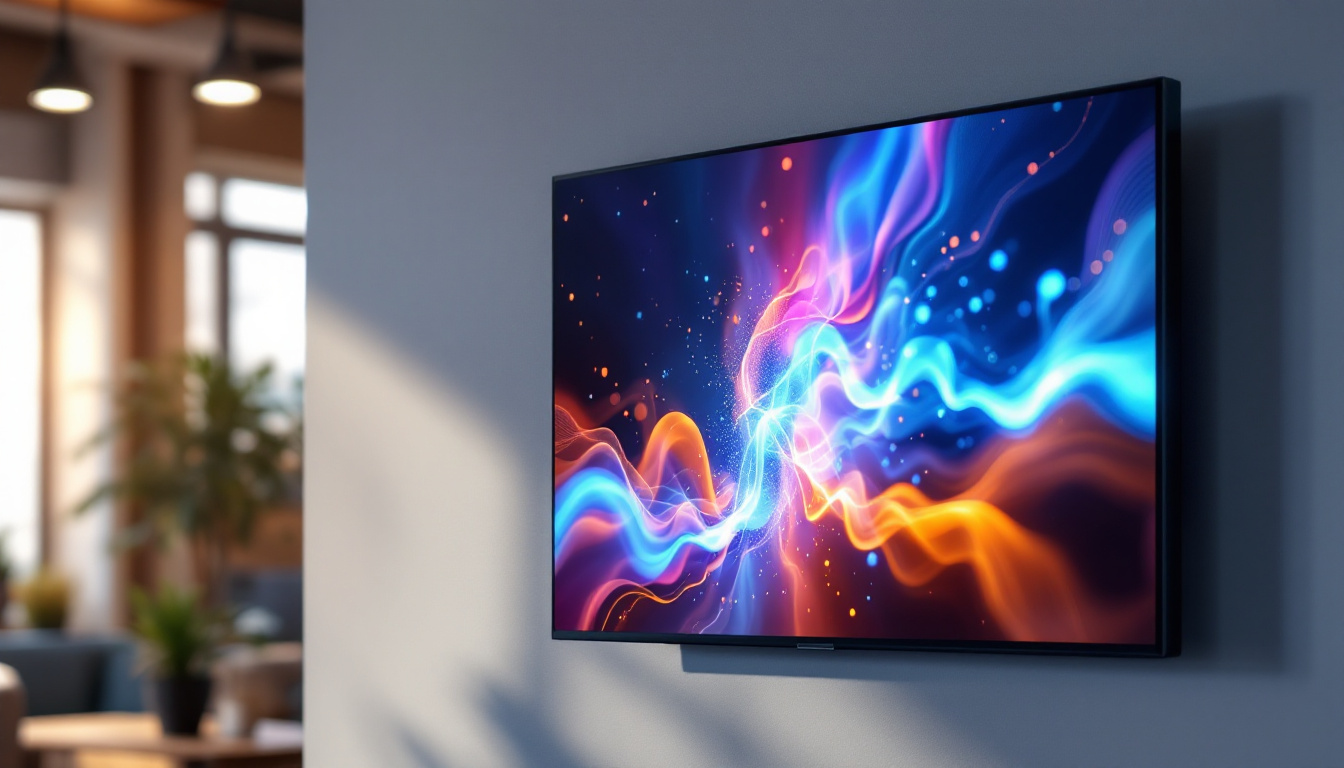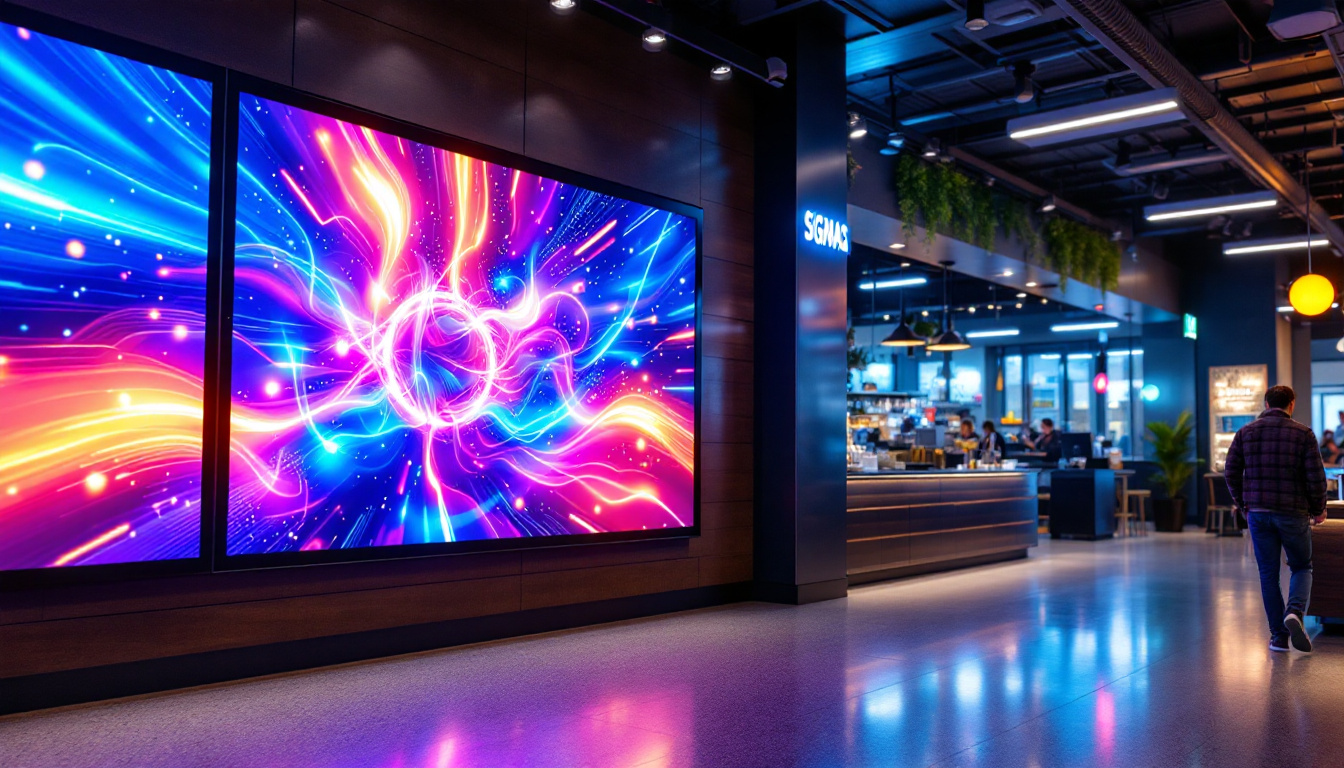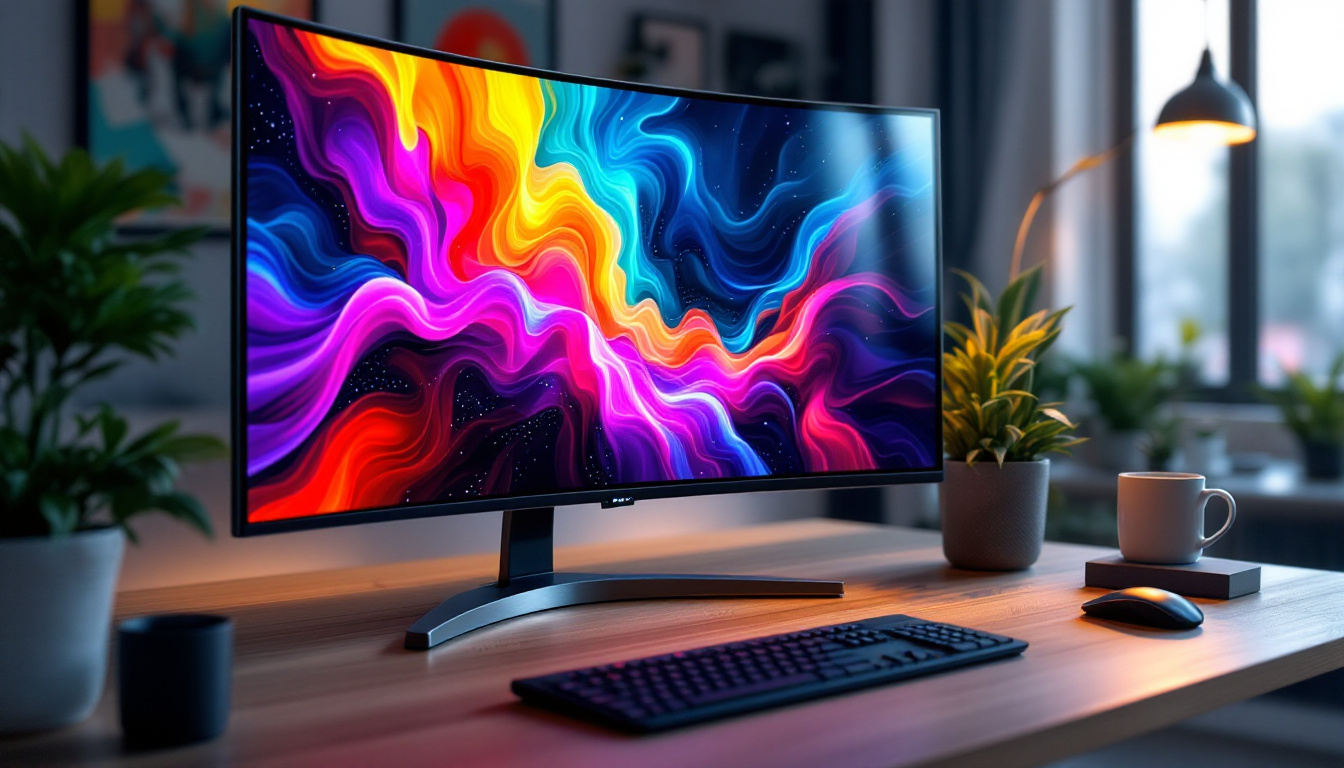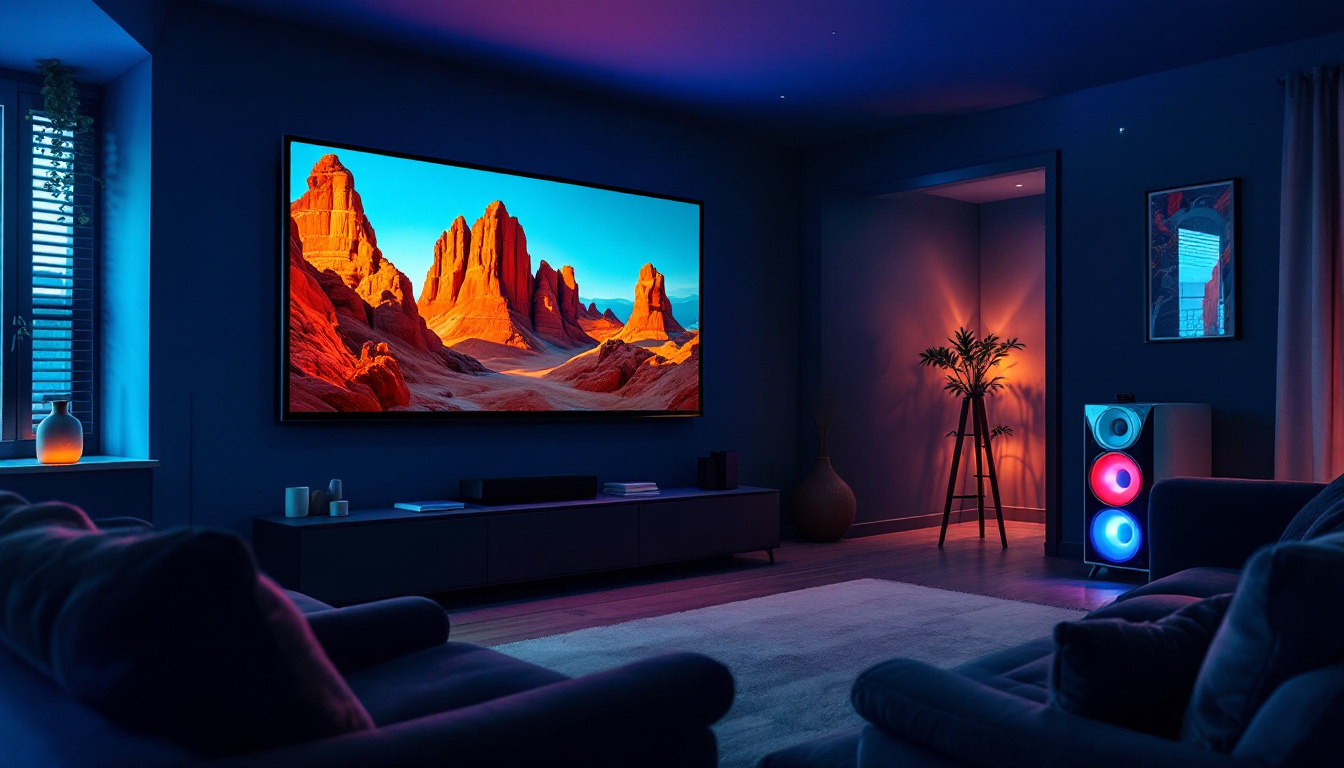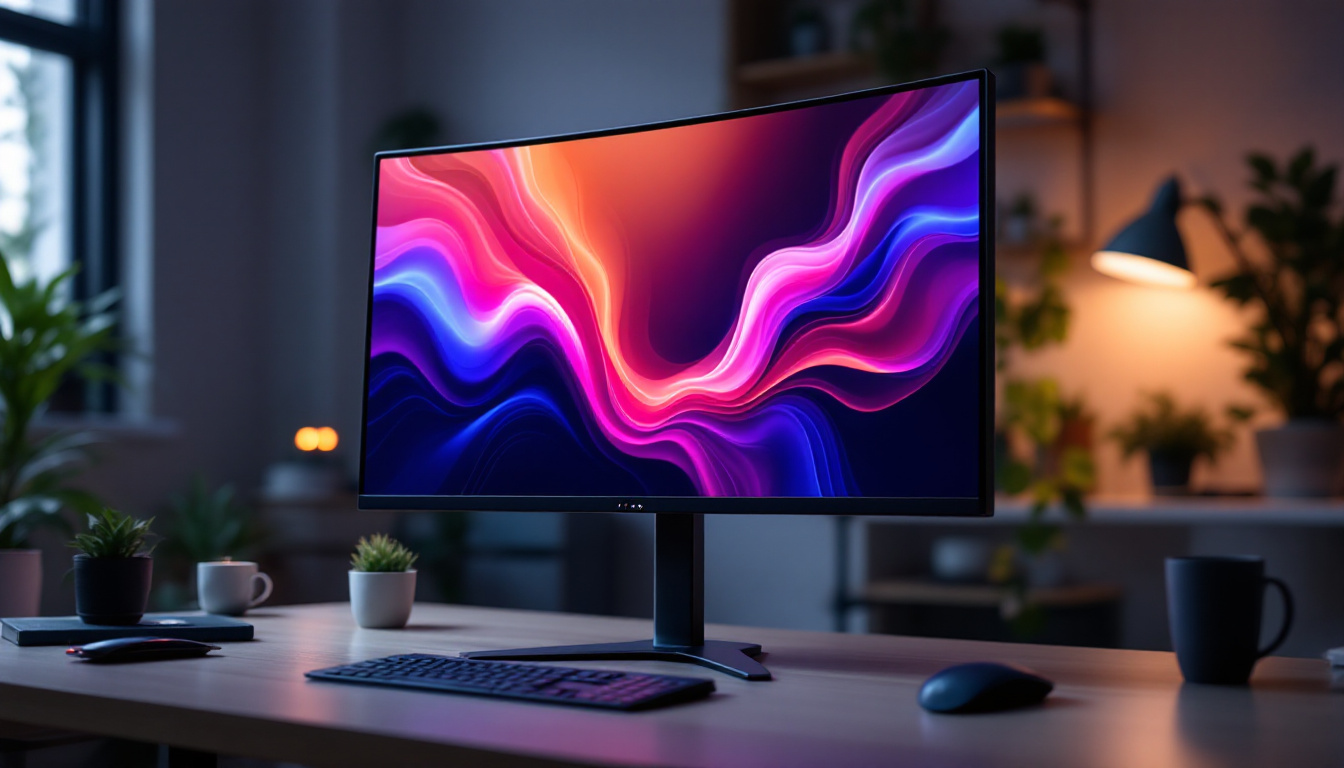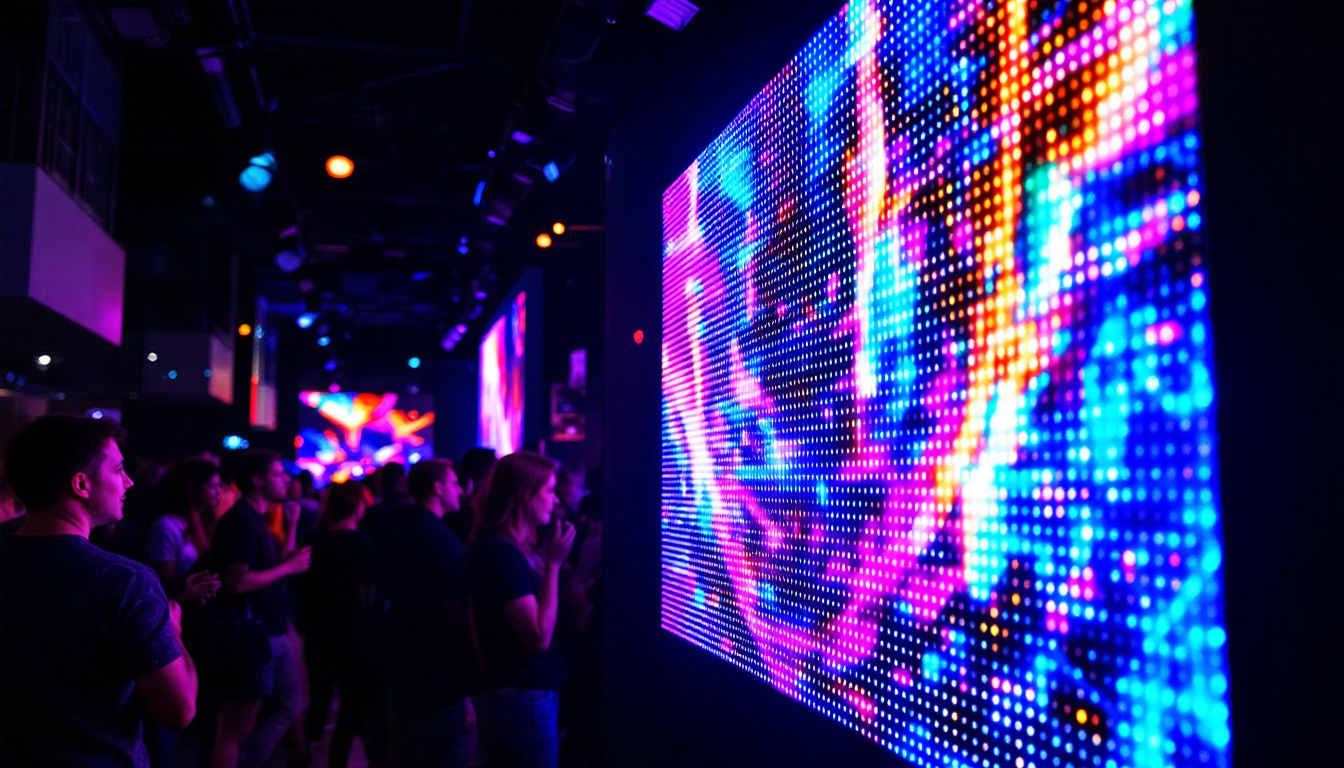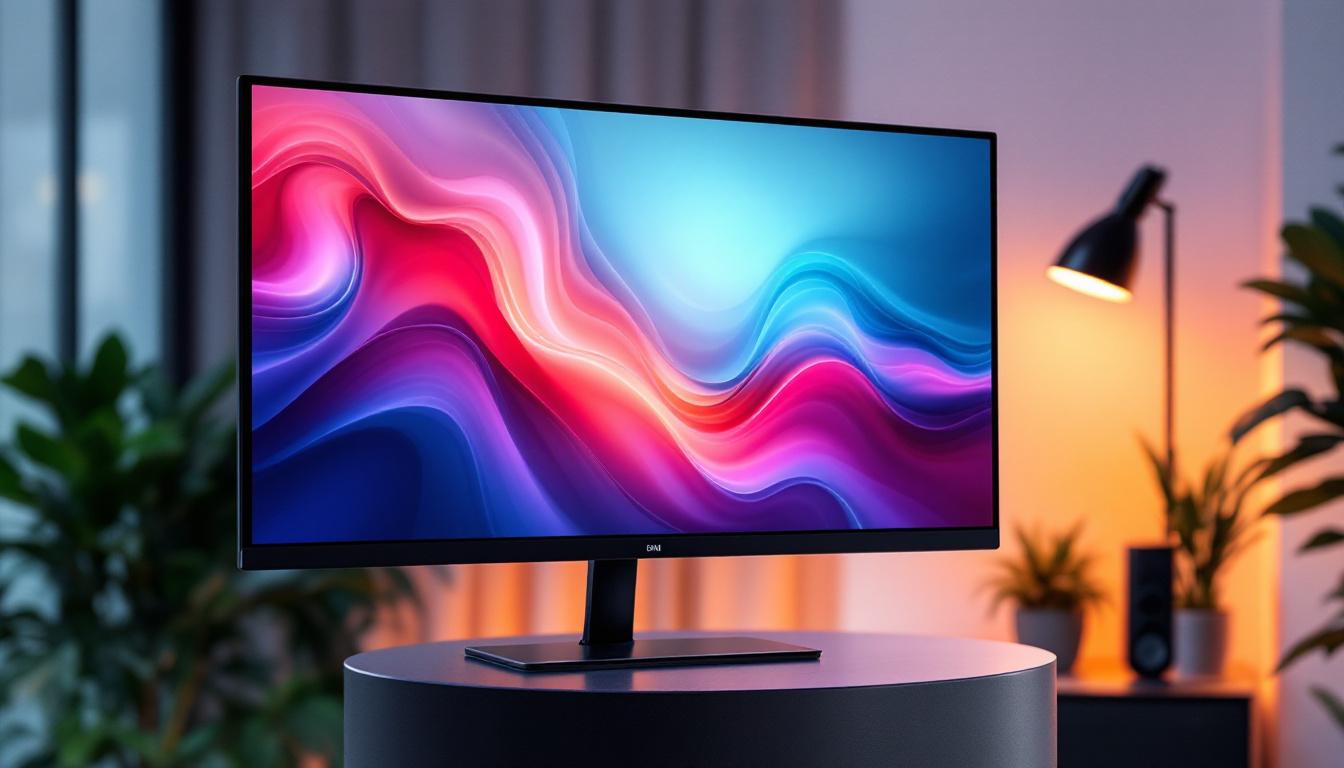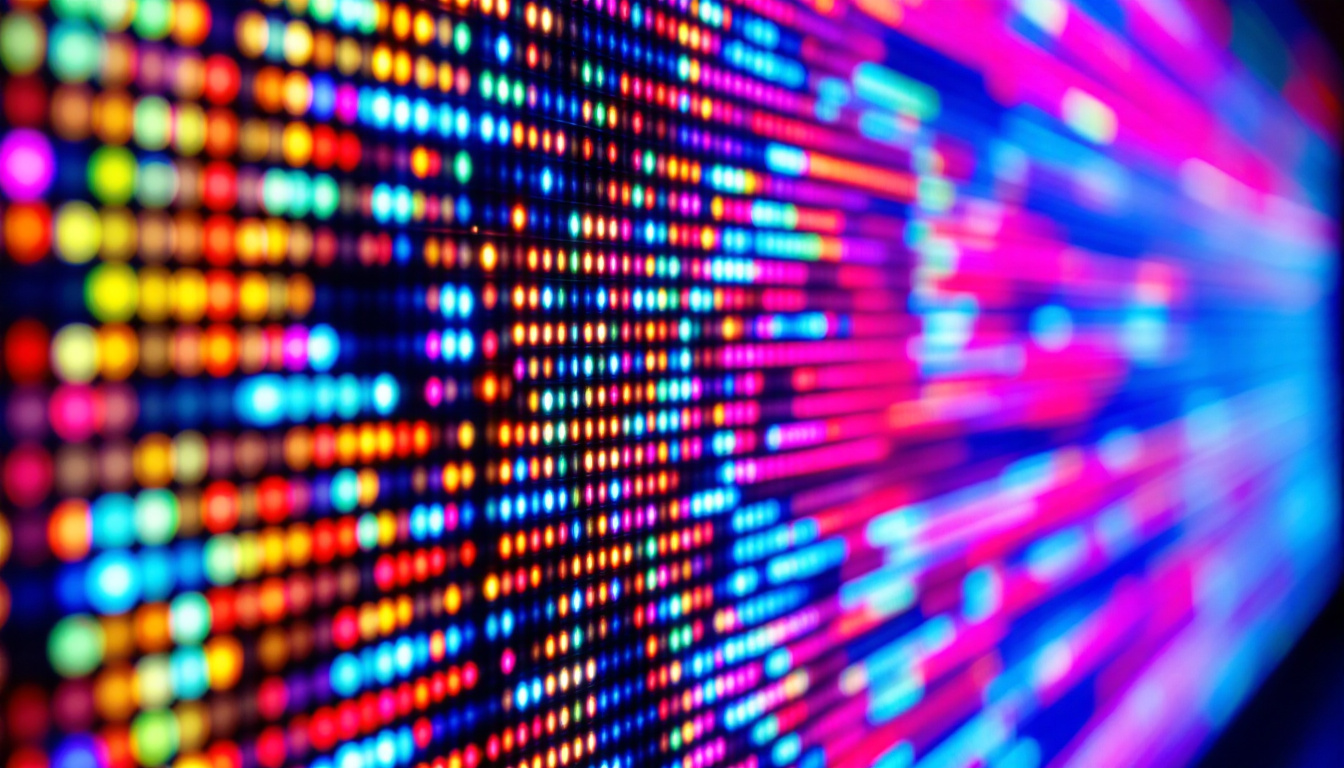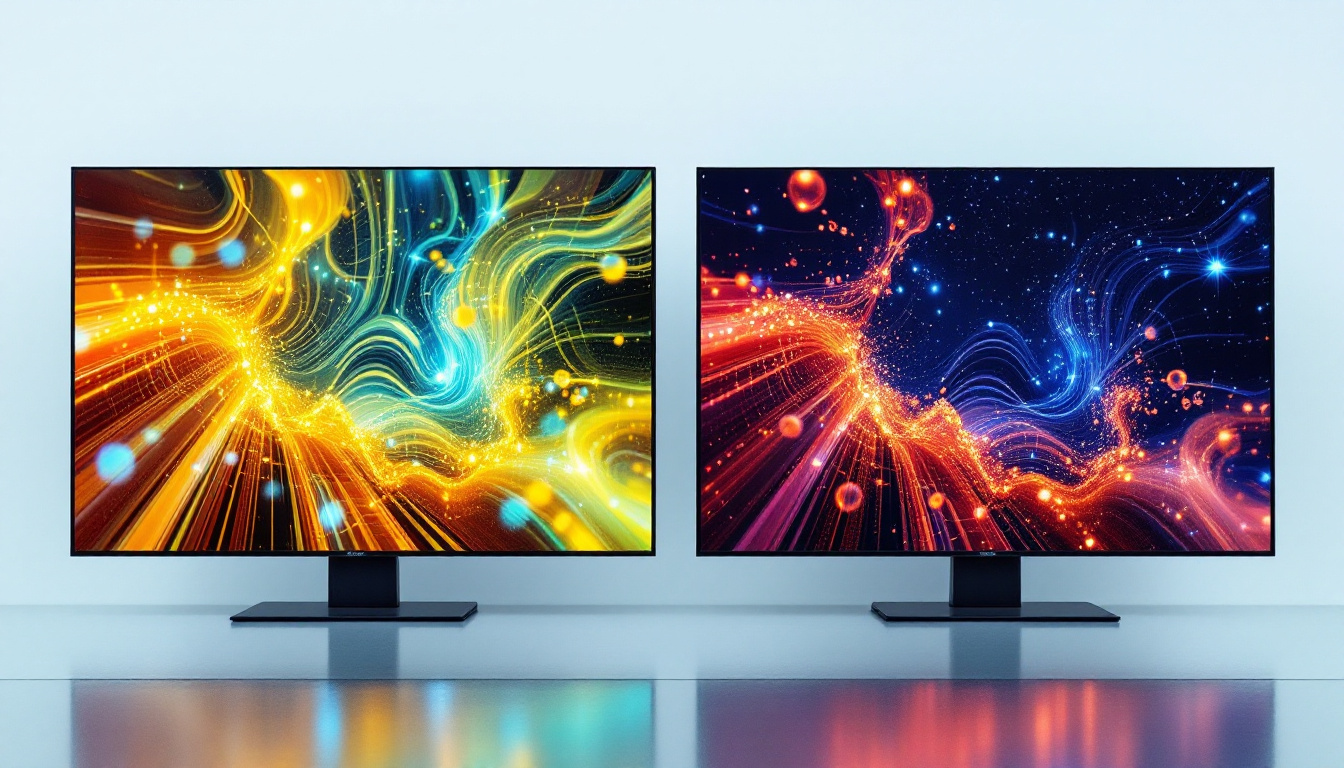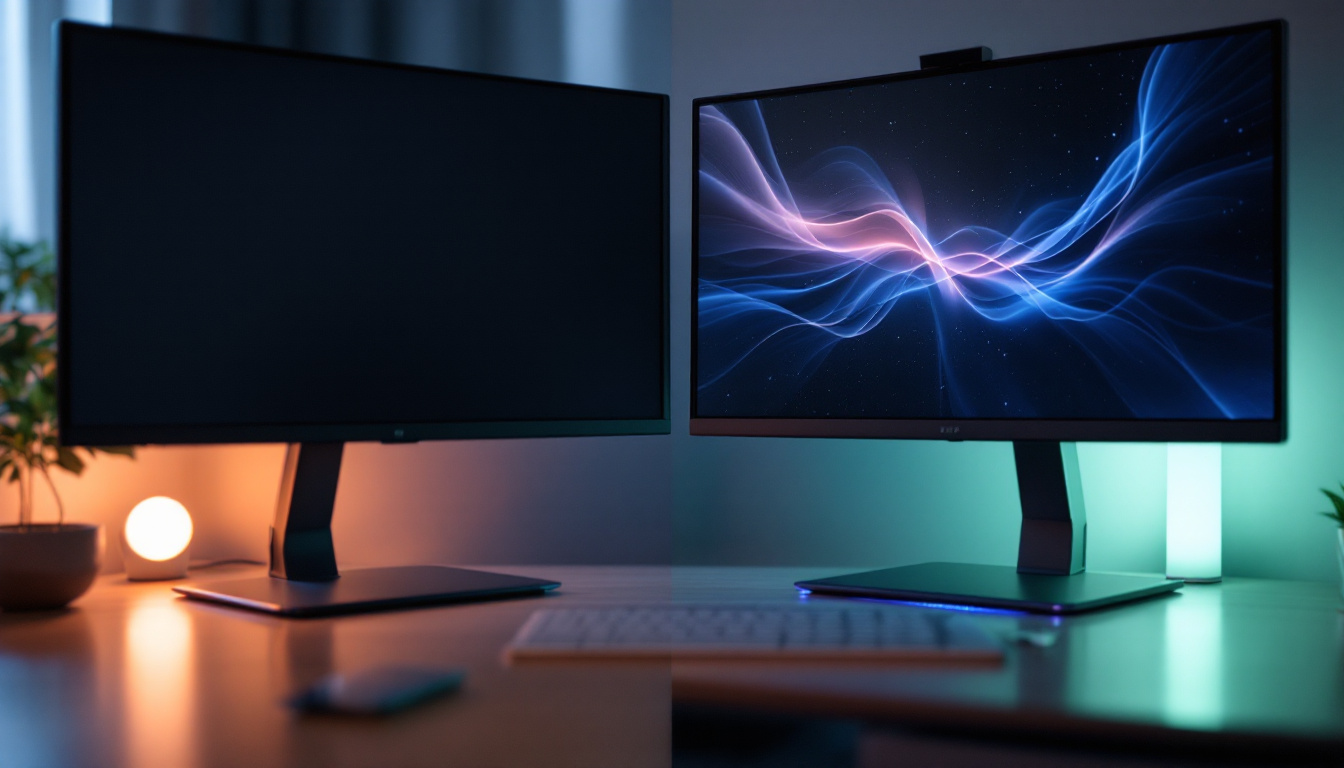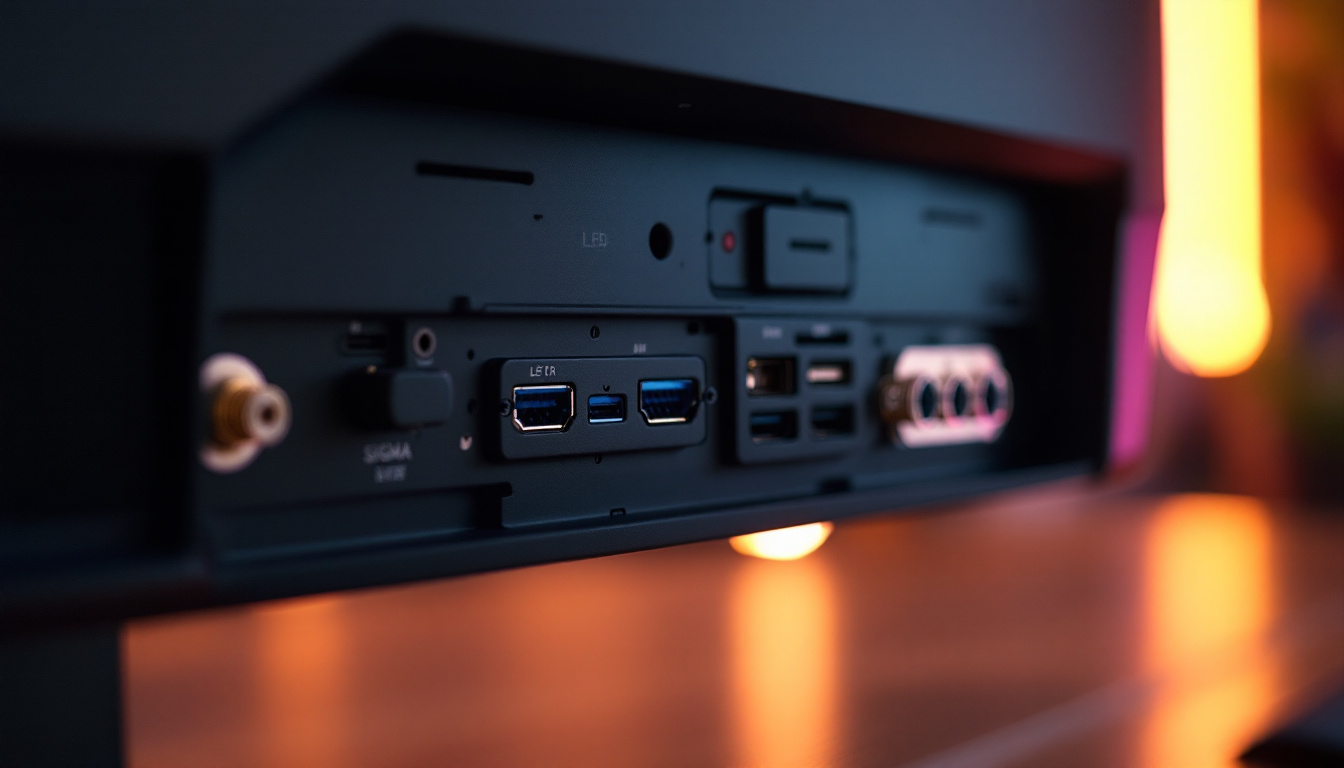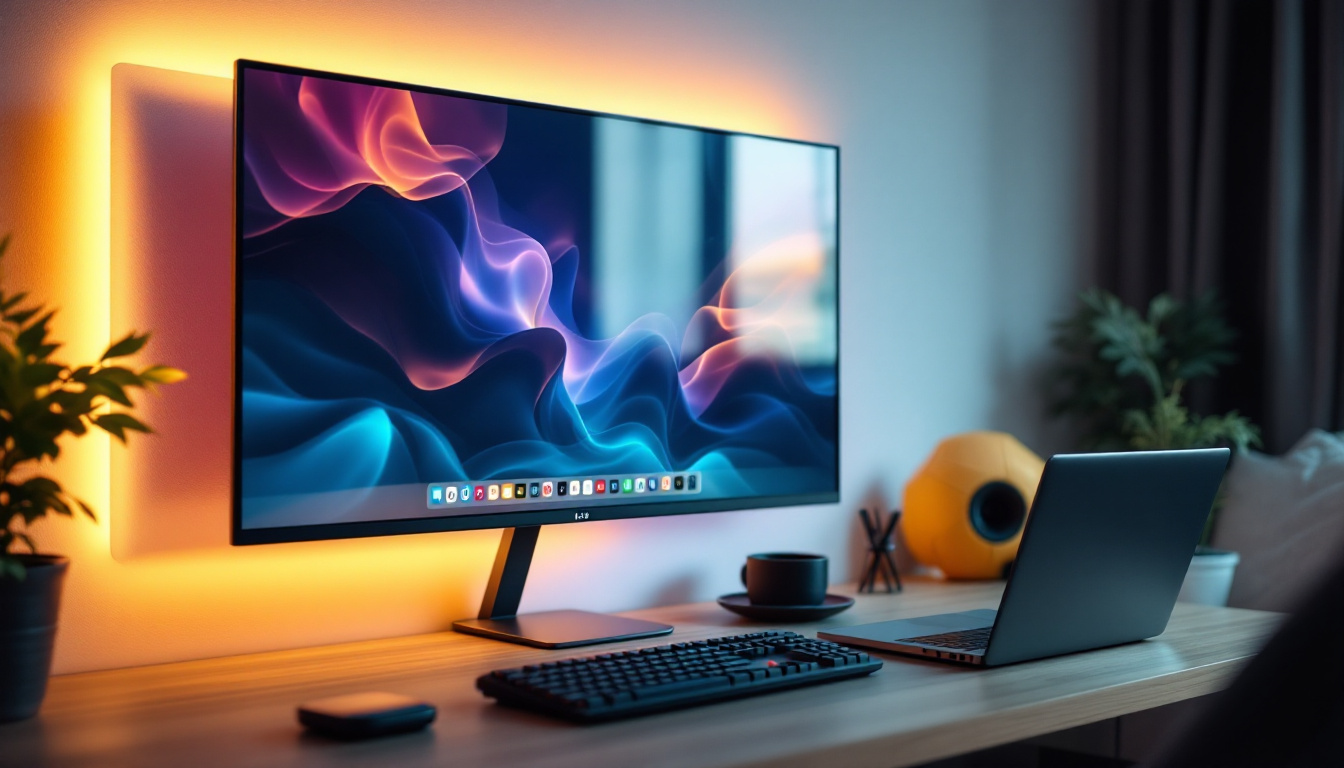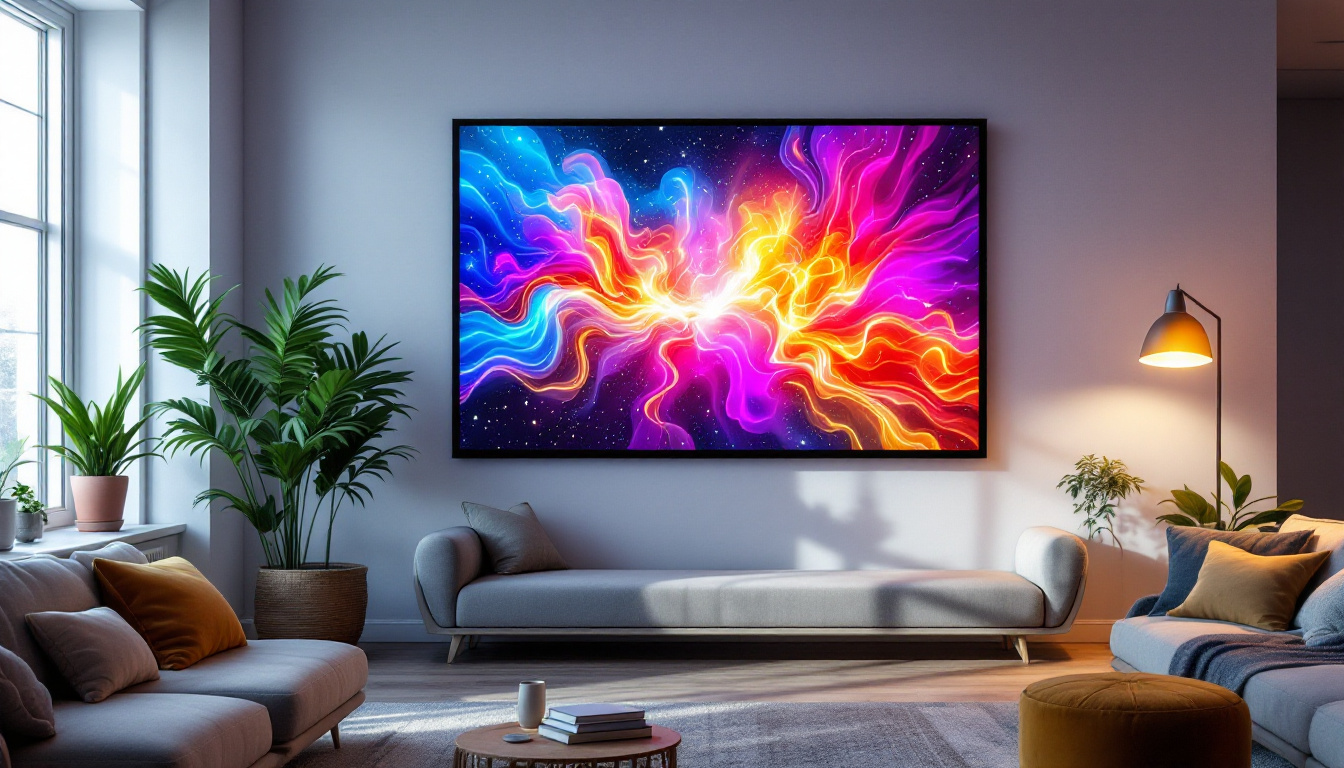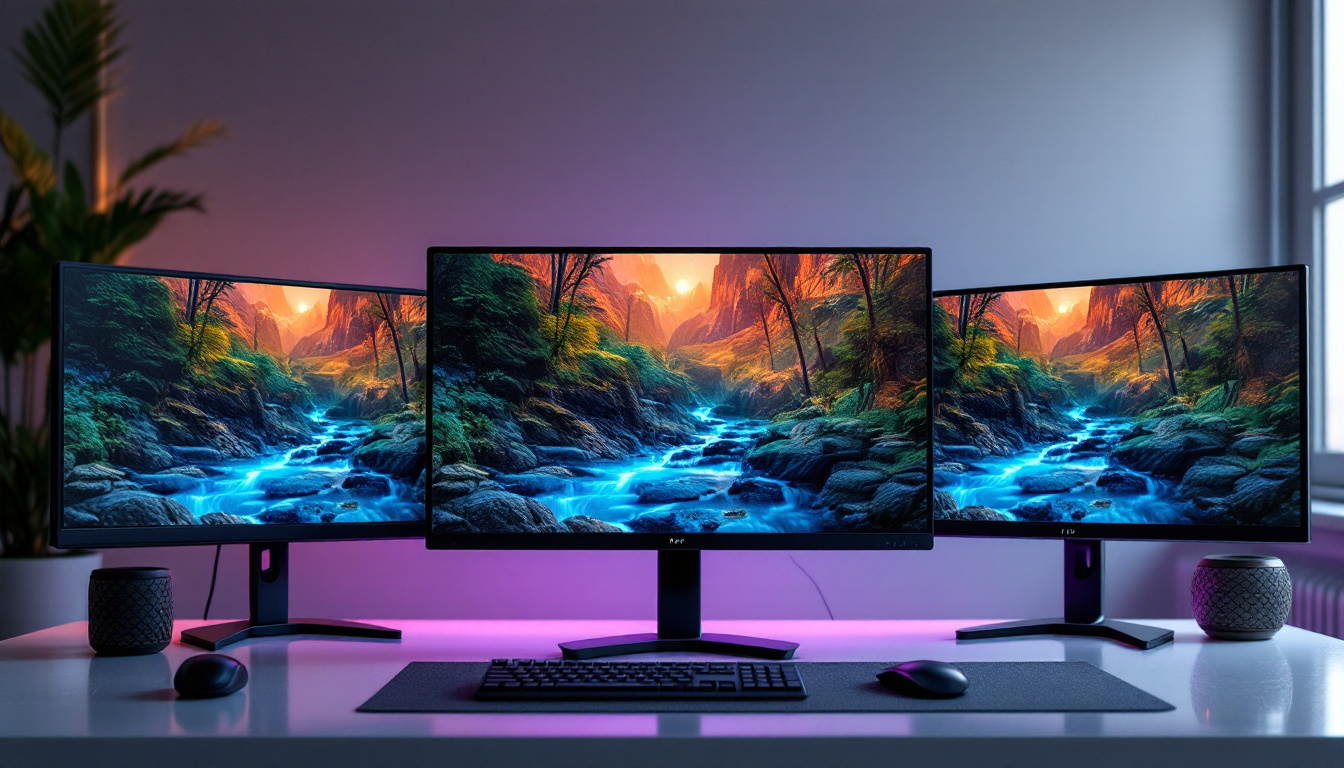The evolution of technology has led to the integration of various functionalities into a single device, and the all-in-one touch screen with LED display is a prime example of this trend. These devices have transformed the way users interact with technology, offering a seamless blend of functionality, aesthetics, and user experience. This article delves into the intricacies of all-in-one touch screens, focusing on their LED displays, features, applications, and advantages.
Understanding All In One Touch Screens
All-in-one touch screens combine a computer and a display into a single unit, eliminating the need for separate components. This integration not only saves space but also simplifies installation and maintenance. The touch screen interface allows users to interact directly with what is displayed, making it intuitive and user-friendly. These devices are increasingly popular in various settings, from educational institutions to retail environments, where ease of use and accessibility are paramount. Their sleek design and functionality make them an attractive option for businesses looking to enhance customer engagement and streamline operations.
Components of an All In One Touch Screen
Typically, an all-in-one touch screen consists of several key components: a display panel, a touch sensor, a processing unit, and speakers. The display panel is often an LED screen, known for its vibrant colors and energy efficiency. The touch sensor detects user inputs, allowing for gestures such as tapping, swiping, and pinching. In addition to these primary components, many all-in-one touch screens come equipped with additional features such as built-in cameras and microphones, which facilitate video conferencing and interactive presentations. This versatility makes them ideal for collaborative workspaces and remote learning environments.
The processing unit is the brain of the device, running the operating system and applications. It is usually equipped with sufficient memory and storage to handle various tasks. Additionally, built-in speakers enhance the multimedia experience, making these devices suitable for presentations, entertainment, and interactive applications. Some models even offer advanced audio technologies, providing clear sound quality that complements the visual experience, whether for watching videos or participating in virtual meetings.
Types of Touch Technology
All-in-one touch screens utilize different types of touch technology, including resistive, capacitive, and infrared. Resistive touch screens respond to pressure, making them suitable for environments where users may wear gloves. Capacitive touch screens, on the other hand, detect touch through the electrical properties of the human body, allowing for multi-touch capabilities and a more responsive experience. This feature is particularly beneficial in applications requiring gestures, such as zooming in on images or scrolling through content, enhancing user interaction.
Infrared touch technology uses a grid of infrared light beams to detect touch, providing high durability and clarity. Each type has its advantages and is chosen based on the specific requirements of the application. For instance, resistive screens are often found in industrial settings due to their robustness, while capacitive screens are favored in consumer electronics for their sleek design and responsiveness. Furthermore, advancements in touch technology continue to emerge, with innovations such as haptic feedback and pressure sensitivity, which promise to further enrich the user experience by providing tactile responses to touch inputs.
The Role of LED Displays
LED displays have become the standard for all-in-one touch screens due to their superior brightness, contrast, and energy efficiency. Unlike traditional LCD screens, LED displays use light-emitting diodes to produce images, resulting in sharper visuals and more vibrant colors.
Benefits of LED Technology
One of the primary benefits of LED technology is its energy efficiency. LED displays consume less power compared to other display technologies, making them more environmentally friendly and cost-effective in the long run. Additionally, LED screens have a longer lifespan, reducing the need for frequent replacements.
The brightness levels of LED displays are also noteworthy. They can produce bright images even in well-lit environments, making them ideal for various applications, from retail displays to classrooms. Furthermore, LED technology allows for thinner and lighter designs, contributing to the sleek aesthetics of all-in-one touch screens.
Color Accuracy and Visual Quality
Color accuracy is another significant advantage of LED displays. They can reproduce a wider color gamut, ensuring that images appear more lifelike and vibrant. This feature is particularly beneficial in fields such as graphic design, photography, and video editing, where precise color representation is crucial.
The visual quality of LED displays is further enhanced by their high contrast ratios. This means that the difference between the darkest and lightest parts of an image is more pronounced, resulting in deeper blacks and brighter whites. Such characteristics make LED displays a preferred choice for immersive experiences, whether in entertainment or professional settings.
Applications of All In One Touch Screens
The versatility of all-in-one touch screens with LED displays makes them suitable for a wide range of applications across various industries. From education to healthcare, these devices have proven to be invaluable tools.
Education Sector
In educational institutions, all-in-one touch screens are revolutionizing teaching methods. They facilitate interactive learning by allowing teachers to present information dynamically and engage students through touch-based activities. Students can collaborate on projects in real-time, enhancing their learning experience.
Moreover, these devices can serve as digital whiteboards, enabling educators to display multimedia content, conduct virtual lessons, and access online resources seamlessly. The ability to annotate directly on the screen further enriches the educational experience.
Healthcare Applications
In the healthcare sector, all-in-one touch screens are utilized for patient management, telemedicine, and medical imaging. They provide healthcare professionals with easy access to patient records and diagnostic tools, streamlining workflows and improving patient care.
Touch screens in waiting rooms can also enhance patient engagement. They allow patients to check in, fill out forms, and access information about their appointments, reducing wait times and improving overall satisfaction.
Advantages of All In One Touch Screens
All-in-one touch screens offer numerous advantages that contribute to their growing popularity. Their compact design, ease of use, and multifunctionality make them an attractive option for both personal and professional use.
Space-Saving Design
One of the most significant advantages of all-in-one touch screens is their space-saving design. By integrating multiple components into a single unit, they eliminate the clutter of cables and separate devices. This is particularly beneficial in environments with limited space, such as small offices or classrooms.
The sleek and modern appearance of these devices also enhances the aesthetic appeal of any setting. They can be mounted on walls or placed on desks, providing flexibility in how they are used and displayed.
Enhanced User Experience
The touch interface of all-in-one screens significantly enhances user experience. Users can interact directly with the content, making navigation intuitive and straightforward. This is particularly advantageous for individuals who may not be tech-savvy, as touch screens eliminate the need for complex input devices like keyboards and mice.
Furthermore, the responsiveness of touch screens allows for a more engaging experience. Users can easily manipulate content, whether it involves zooming in on images, scrolling through documents, or playing interactive games. This level of interaction fosters a deeper connection with the content being displayed.
Challenges and Considerations
While all-in-one touch screens with LED displays offer numerous benefits, there are also challenges and considerations to keep in mind. Understanding these factors can help users make informed decisions when selecting a device.
Cost Implications
One of the primary considerations is the cost. All-in-one touch screens tend to be more expensive than traditional desktop setups due to their integrated design and advanced technology. For organizations with budget constraints, this can be a significant factor when evaluating options.
However, it is essential to consider the long-term savings associated with reduced maintenance and energy consumption. In many cases, the initial investment can be justified by the benefits these devices provide over time.
Maintenance and Durability
Another challenge is the maintenance and durability of all-in-one touch screens. While they are designed to be robust, heavy usage can lead to wear and tear, particularly on the touch interface. Regular maintenance is necessary to ensure optimal performance and longevity.
Additionally, users should be aware of the potential for screen damage. Investing in protective screens or cases can help mitigate this risk, especially in environments where the device may be subjected to rough handling.
Future Trends in All In One Touch Screens
The future of all-in-one touch screens with LED displays looks promising, with several trends expected to shape the industry. As technology continues to advance, users can anticipate even more innovative features and capabilities.
Integration with Smart Technologies
One of the most significant trends is the integration of smart technologies. All-in-one touch screens are increasingly being equipped with artificial intelligence (AI) and machine learning capabilities. This integration allows for personalized user experiences, predictive analytics, and enhanced functionality.
For instance, smart touch screens can learn user preferences and adjust settings accordingly, making interactions more efficient. Additionally, voice recognition features are becoming more prevalent, allowing users to control devices hands-free, further enhancing convenience.
Improved Connectivity Options
As connectivity continues to evolve, all-in-one touch screens are expected to incorporate more advanced options. Wireless connectivity, such as Wi-Fi 6 and Bluetooth 5.0, will enable faster data transfer and improved performance. This will facilitate seamless integration with other devices and networks, enhancing collaboration and productivity.
Moreover, the rise of the Internet of Things (IoT) will likely lead to all-in-one touch screens becoming central hubs for controlling smart devices within homes and offices. This interconnectedness will streamline operations and create a more cohesive user experience.
Conclusion
All-in-one touch screens with LED displays represent a significant advancement in technology, offering a versatile and efficient solution for various applications. Their integration of multiple functionalities into a single device, coupled with the benefits of LED technology, makes them an attractive option for both personal and professional use.
While challenges such as cost and maintenance exist, the advantages of these devices often outweigh the drawbacks. As technology continues to evolve, users can expect even more innovative features and capabilities, making all-in-one touch screens an essential tool in the modern digital landscape.
Ultimately, understanding the intricacies of all-in-one touch screens will empower users to make informed decisions, ensuring they select the right device to meet their needs and enhance their technological experience.
Discover LumenMatrix’s Advanced LED Display Solutions
Embrace the future of visual technology with LumenMatrix, a pioneer in LED display innovation. Whether you’re looking to enhance your brand’s presence or create immersive visual experiences, LumenMatrix’s comprehensive range of LED display solutions—including Indoor and Outdoor LED Wall Displays, Vehicle LED Displays, LED Poster Displays, LED Sports Displays, Floor LED Displays, Custom LED Displays, All-in-One LED Displays, and LED Transparent Displays—has you covered. Elevate your space and captivate your audience with our cutting-edge displays. Check out LumenMatrix LED Display Solutions today and transform your visual communication with unparalleled clarity and impact.

